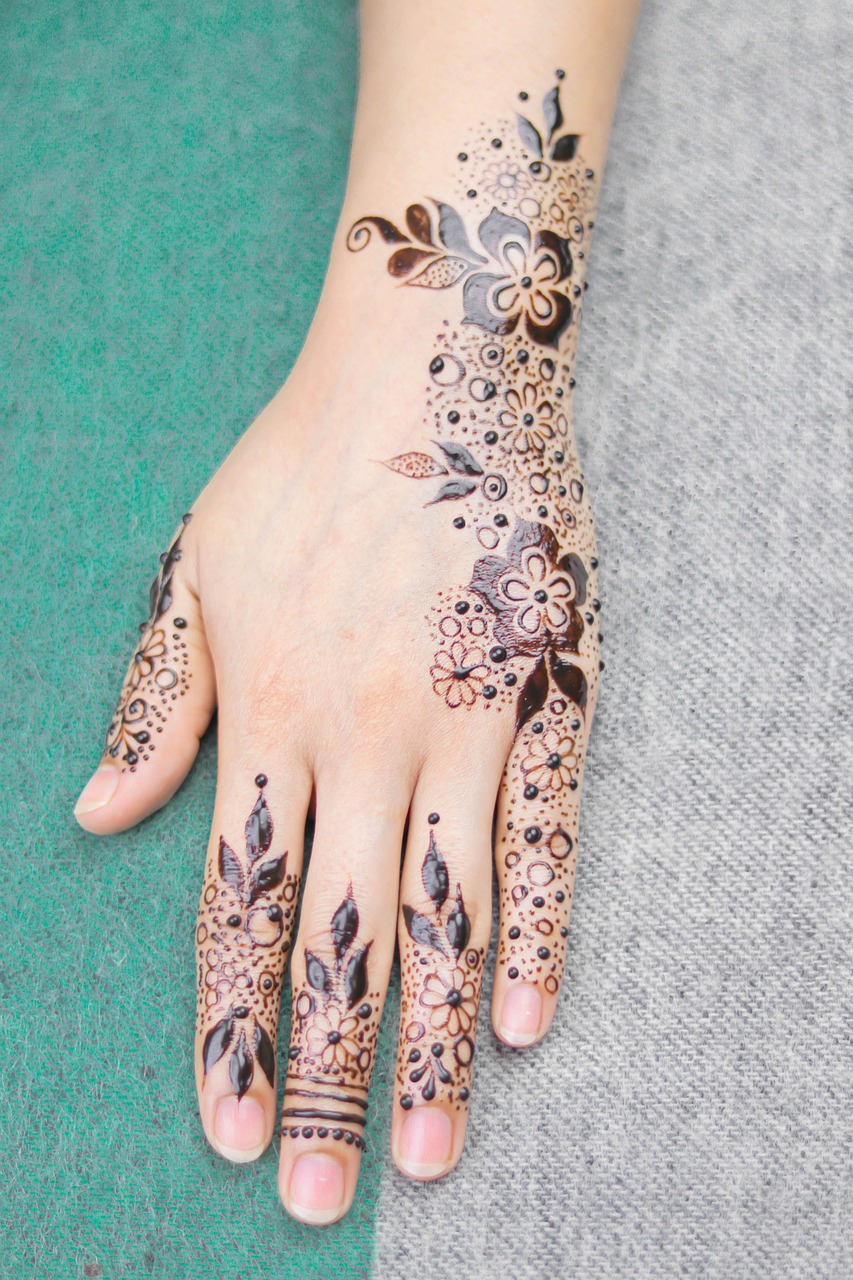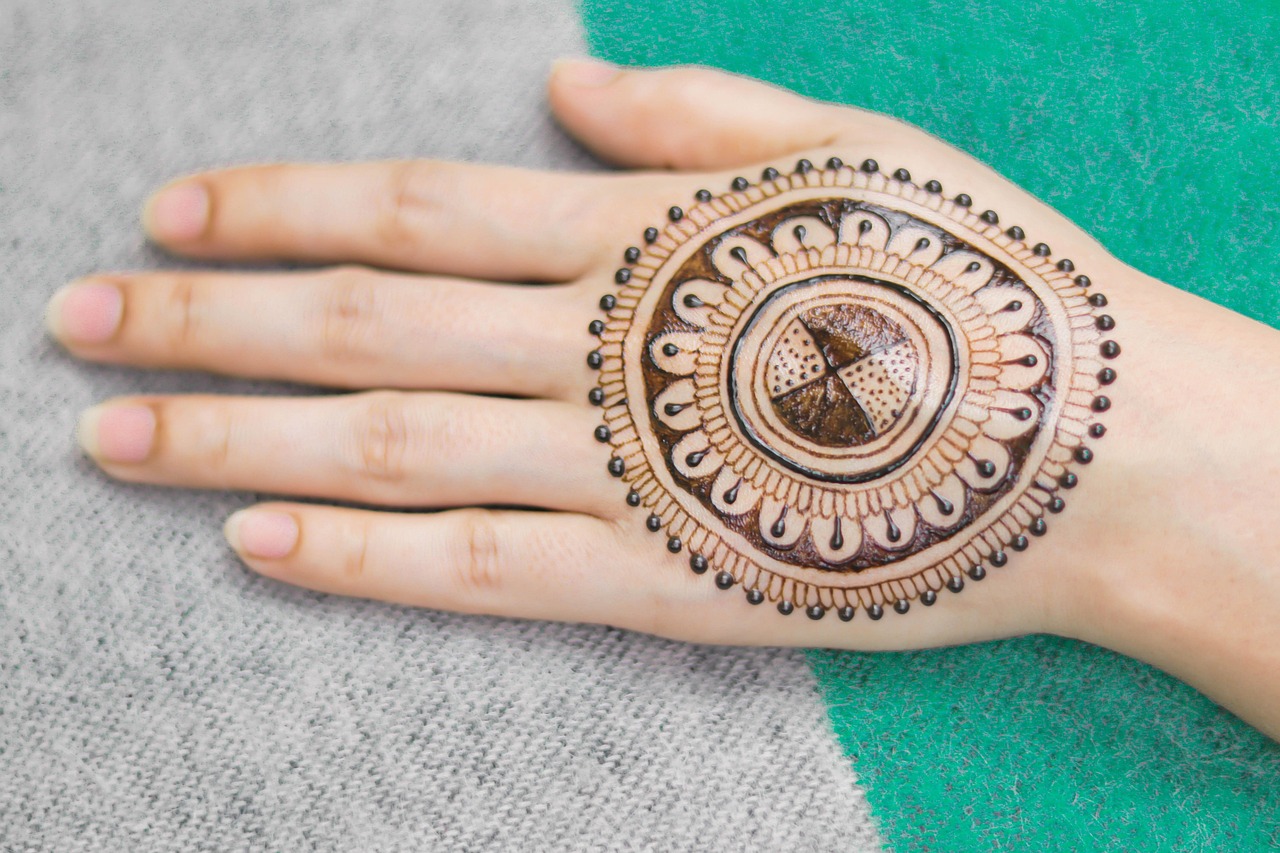Elegance and Tradition: A Guide to Muslim Bridal Mehndi Design
Bridal mehndi designs hold a deep cultural and symbolic significance, especially in Muslim weddings. These intricate patterns, often steeped in tradition, adorn the bride’s hands and feet, symbolizing beauty, prosperity, and blessings for the future. In this blog, weâll explore key aspects of Muslim bridal mehndi design and offer helpful insights for every bride-to-be.
Understanding the Cultural Significance of Muslim Bridal Mehndi Design
In Muslim weddings, mehndi (henna) is more than just an art formâit’s an expression of heritage, blessings, and joy. The elaborate designs reflect timeless traditions while embracing modern trends to suit contemporary brides. Each design tells a unique story, with motifs inspired by Islamic art, floral patterns, and even personal details like names or wedding dates.
Why is Mehndi Important in Muslim Weddings?
The application of mehndi is deeply rooted in Islamic traditions, symbolizing purification and celebration. Many believe that the darker the mehndi stain, the deeper the love between the bride and groom and their families.
Did You Know?
According to a BBC Culture article, mehndi ceremonies have evolved over centuries, yet they maintain their strong connections to spiritual and cultural rituals, particularly in South Asian and Middle Eastern Muslim communities.
Top Design Elements That Define Muslim Bridal Mehndi
Muslim bridal mehndi is renowned for its elegance and detailing, balancing traditional motifs with modern aesthetics. Choosing the right design involves understanding the various elements that set it apart, such as geometric patterns, floral vines, and Quranic calligraphy.
Which Patterns Are Most Popular in Muslim Bridal Mehndi?
Some of the most popular patterns include mandalas, paisleys, and nature-inspired designs, often combined with Arabic calligraphy to add a spiritual touch. Customizations like including the bride and groom’s initials are also trending.
Case Study: A Brideâs Perspective
Sara, a bride from Dubai, chose a mix of traditional Arabic designs with modern floral touches for her wedding. âI wanted my design to reflect my personal style while honoring my culture. My mehndi artist incorporated the word âAlhamdulillahâ into the pattern, making it even more meaningful,â she shared.
Tips for Achieving the Perfect Muslim Bridal Mehndi Look
Getting the perfect bridal mehndi involves careful planning. From choosing the right artist to ensuring the mehndi stains beautifully, every detail matters. Start early, research trends, and communicate your preferences to the artist.
How Long Before the Wedding Should Mehndi Be Applied?
Mehndi is typically applied 1-2 days before the wedding day to allow it to fully darken and reach its peak color. Brides are advised to avoid water and chemicals for 24 hours after application to preserve the intricate designs.
Expert Tip
Renowned mehndi artist Alia Khan suggests, âAlways exfoliate your hands and feet before applying mehndi and avoid lotions. This ensures the henna stains deeper and lasts longer, especially during the wedding festivities.â
Conclusion
Muslim bridal mehndi designs are a stunning celebration of tradition, beauty, and personal expression. By understanding the cultural importance, exploring design elements, and following expert tips, any bride can achieve a look that complements her big day. Whether youâre planning your wedding or helping a loved one, these insights will guide you toward creating timeless bridal mehndi art.
Ready to explore more bridal inspiration? Subscribe to our blog for the latest wedding tips and trends, or share this article to help other brides create the perfect look!



